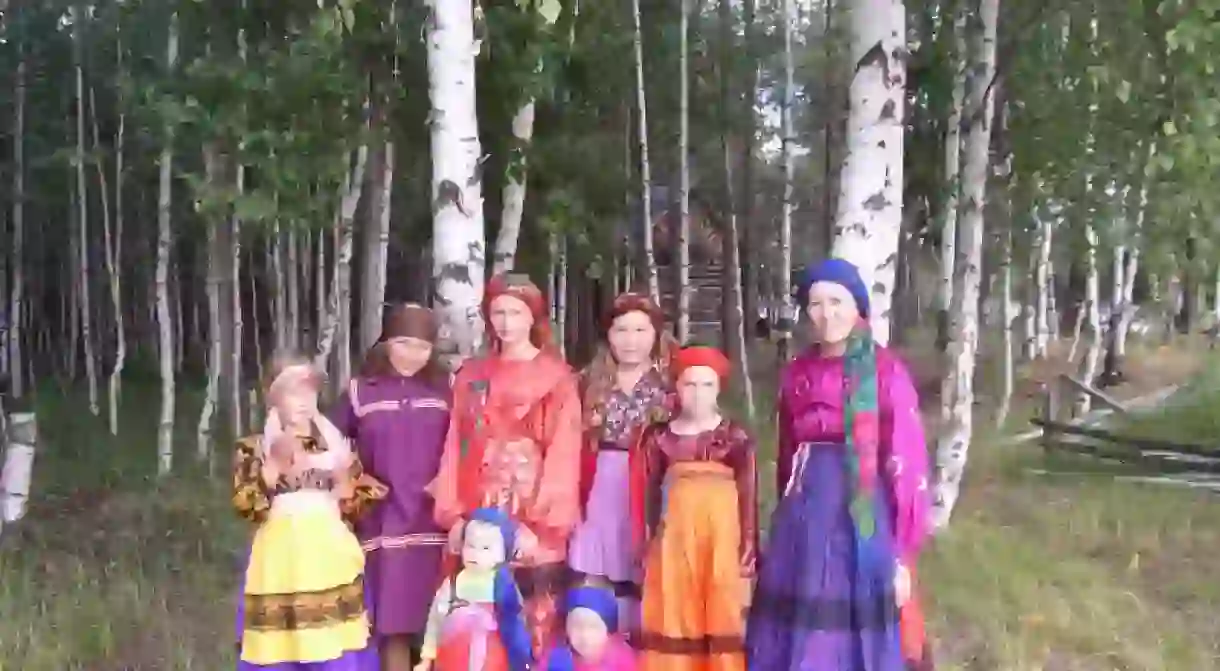An Introduction to the Komi People

Native to Russia’s unforgiving and extreme north, the Komi people remained isolated from the rest of Russia until the middle of the 20th century. Yet despite this, their traditional lifestyle and customs are quickly being replaced by modern living among the younger generations. Here’s what you should know about the Komi.
The first people of the Komi Republic, the Komi led a self-sufficient life for centuries until the industrialisation of the Soviet era opened their previously isolated and remote stomping ground, revealing a wealth of natural resources in a seemingly inhospitable land. The quick modernisation of the Komi people has seen the development of programmes and schemes to preserve their culture.

Homeland
The Komi people come from European Russia’s extreme north. They are indigenous to the Komi Republic and further north, towards the Arctic White Sea. The republic’s north is largely made up of permafrost and tundra, yet this gives way to coniferous forests in the south. The republic is also home to Russia’s first natural site to make it onto the UNESCO World Heritage list. The Virgin Komi Forests are a treasure trove of animal, bird and plant species that spread across over three million hectares of untapped wild, natural beauty.

History
It is estimated the Komi have inhabited Russia’s north since the Middle Ages, and lived a fairly isolated existence, as the main outside visitors to the region were trappers and hunters. During the Soviet years, they were victims of Stalin’s purge. The regime also set up a large gulag near Vorkuta because of the opportunities for natural resources and its isolation. The Komi were persecuted, and their language and cultural practices were restricted. Although many young Komi are now forgoing traditional ways of life for a more modern way of living, Komi language lessons are now offered in school in a bid to preserve the language and maintain their cultural heritage.

Culture
The Russian Empire pulled the Komi Republic into its rule in the 14th century. Since then, the Komi have been nominally Russian Orthodox; however, in practice, their spiritual beliefs hinge on a mix of shamanism and Christianity. Like the Nenets, they have traditionally been reindeer herders but are also involved in logging and mining above the Arctic Circle around Vorkuta. The severity and harshness of the region in which they live kept them culturally isolated until the end of World War II, when the Soviet Union began to quickly industrialise, and now, Russification of the younger generations is commonplace.














